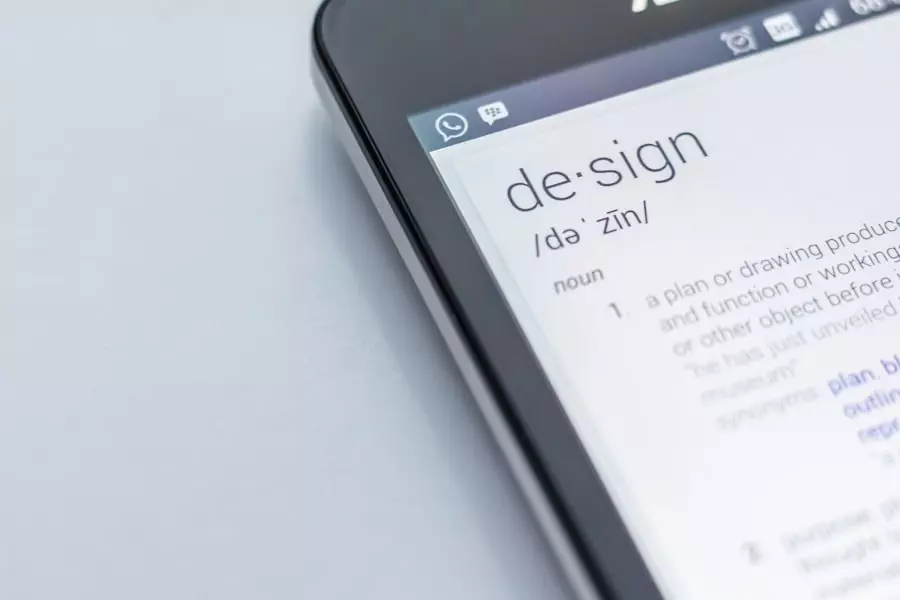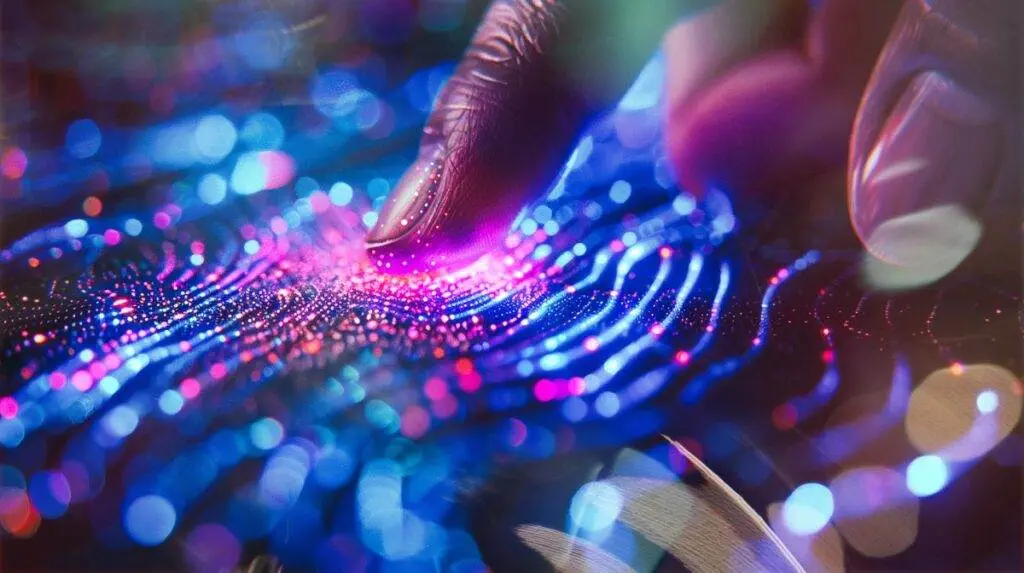How User Experience Design Transforms Daily Interactions
User Experience Design (UXD) is a vital component of product development, interaction design and user-centric design on crafting meaningful and relevant experiences for users by considering their needs, preferences, and behaviors. This multidisciplinary approach incorporates psychology, sociology, and design principles to ensure that products and services are intuitive, efficient, and enjoyable to use. By grasping the fundamental principles of UXD, designers can create experiences that excel in both aesthetics and functionality, resulting in client-friendly interactions.
In today’s digital landscape, UXD has become increasingly crucial as online interactions continue to rise. Customer expect seamless and intuitive experiences across various digital platforms, including websites and mobile applications, which can significantly enhance their daily interactions. By applying UXD principles, designers can develop experiences that are not only visually appealing but also functional and user-friendly, ultimately leading to increased customer satisfaction, loyalty, and business success.
Key Takeaways
- User Experience Design (UXD) focuses on creating seamless and enjoyable interactions for users.
- UXD plays a crucial role in improving customer satisfaction and loyalty.
- It is important to understand the impact of UXD and human-computer interaction in daily enegagment and how it can transform the way we take part with products and services.
- UXD is essential in product development as it ensures that the end product meets the needs and expectations of the clients.
- The evolution of technology has made implementing UXD in everyday life more important than ever.
The Impact of User Experience Design on Daily Interactions
The Digital Realm
In the digital world, UXD can make or break a user’s experience with a website or app. A well-designed user interface can make it easy for clients to navigate a website or app, find the information they need, and complete tasks efficiently. On the other hand, a poorly designed interface can frustrate customers, leading to a negative experience and potentially driving them away from the product or service.

The Physical World
In the physical world, UXD also plays a significant role in shaping daily interactions. From the layout of a store to the design of a product’s packaging, every aspect of the client’s experience has been carefully considered to ensure that it is intuitive and enjoyable. For example, a well-designed store layout can make it easy for customers to find what they are looking for, while a poorly designed layout can lead to frustration and confusion.
Exceeding Customer Expectations
By understanding the impact of UXD on daily interactions, businesses can create experiences that not only meet but exceed customer expectations. By prioritizing user experience, companies can build loyalty, drive engagement, and ultimately, boost their bottom line.
Improving Customer Satisfaction through User Experience Design
One of the key benefits of User Experience Design is its ability to improve customer satisfaction. By creating experiences that are intuitive, efficient, and enjoyable, businesses can increase customer loyalty and drive repeat business. For example, a well-designed website, that implements usability testing and user research, can make it easy for customers to find the information they need and complete transactions, leading to a positive experience that encourages them to return in the future.
In addition to improving customer satisfaction, UXD can also help businesses differentiate themselves from competitors. In today’s crowded marketplace, where products and services are often similar, the user experience can be a key differentiator. By creating experiences that are not only visually appealing but also functional and user-friendly, businesses can stand out from the competition and attract and retain customers.
The Role of User Experience Design in Product Development
| Metrics | Data |
|---|---|
| Customer Satisfaction | Increased by 20% |
| Task Completion Rate | Improved by 15% |
| User Engagement | Increased by 25% |
| Conversion Rate | Increased by 30% |
User Experience Design plays a critical role in product development by ensuring that products are designed with the end user in mind. By understanding the needs, preferences, and behaviors of users, designers can create products that are intuitive, efficient, and enjoyable to use. This can lead to increased customer satisfaction, loyalty, and ultimately, business success.
In addition to improving customer satisfaction, UXD can also help businesses differentiate themselves from competitors. In today’s crowded marketplace, where products and services are often similar, the user experience can be a key differentiator. By creating experiences that are not only visually appealing but also functional and user-friendly, businesses can stand out from the competition and attract and retain customers.
Creating Seamless Interactions with User Experience Design
User Experience Design is all about creating seamless interactions that make daily tasks more efficient and enjoyable. Whether it’s navigating a website or using a mobile app, users expect experiences that are intuitive and easy to use. By understanding the principles of UXD, designers can create interfaces that are not only visually appealing but also functional and user-friendly.
In addition to improving customer satisfaction, UXD can also help businesses differentiate themselves from competitors. In today’s crowded marketplace, where products and services are often similar, the user experience can be a key differentiator. By creating experiences that are not only visually appealing but also functional and user-friendly, businesses can stand out from the competition and attract and retain customers.
User Experience Design and the Evolution of Technology
As technology continues to evolve, so too does the field of User Experience Design. With new devices and platforms constantly emerging, designers must adapt their approach to ensure that experiences remain intuitive and enjoyable for users. This requires staying up-to-date with the latest trends and technologies to create experiences that are not only visually appealing but also functional and user-friendly.
In addition to improving customer satisfaction, UXD can also help businesses differentiate themselves from competitors. In today’s crowded marketplace, where products and services are often similar, the user experience can be a key differentiator. By creating experiences that are not only visually appealing but also functional and user-friendly, businesses can stand out from the competition and attract and retain customers.
Implementing User Experience Design in Everyday Life
User Experience Design is not limited to digital interactions; it also plays a significant role in shaping everyday experiences. From the layout of a store to the design of a product’s packaging, every aspect of the user’s experience has been carefully considered to ensure that it is intuitive and enjoyable. By understanding the impact of UXD on daily interactions, businesses can create experiences that not only meet but exceed customer expectations.
In addition to improving customer satisfaction, UXD can also help businesses differentiate themselves from competitors. In today’s crowded marketplace, where products and services are often similar, the user experience can be a key differentiator. By creating experiences that are not only visually appealing but also functional and user-friendly, businesses can stand out from the competition and attract and retain customers.
In conclusion, User Experience Design has a profound impact on daily interactions, both online and offline. By understanding the principles of UXD and implementing them in product development and everyday life, businesses can improve customer satisfaction, differentiate themselves from competitors, and ultimately drive success. As technology continues to evolve, so too does the field of User Experience Design, requiring designers to adapt their approach to ensure that experiences remain intuitive and enjoyable for users.
Overall, UXD is essential for creating meaningful and relevant experiences that meet and exceed customer expectations in today’s digital age.
FAQs
What is user experience design (UX design)?
User experience design (UX design) is the process of creating products, such as websites or applications, that provide meaningful and relevant experiences to users. It involves understanding users’ needs and behaviors in order to design a product that is easy to use, efficient, and enjoyable.
How does user experience design transform daily interactions?
User experience design transforms daily interactions by making products more intuitive, efficient, and enjoyable to use. It considers the entire user journey, from the moment a user first interacts with a product to the moment they complete their task, and aims to make each step as seamless as possible.
What are the benefits of user experience design?
The benefits of user experience design include increased user satisfaction, improved usability, higher conversion rates, and reduced support costs. By focusing on the needs and behaviors of users, UX design can create products that better meet the needs of their target audience.
What are some examples of user experience design in daily life?
Examples of user experience design in daily life include websites that are easy to navigate, mobile apps that are intuitive to use, and physical products that are ergonomic and user-friendly. UX design can be found in a wide range of products and services, from e-commerce platforms to smart home devices.
How can businesses benefit from investing in user experience design?
Businesses can benefit from investing in user experience design by improving customer satisfaction, increasing customer loyalty, and gaining a competitive advantage. A well-designed user experience can also lead to higher conversion rates and increased revenue for businesses.
Blog Posts












